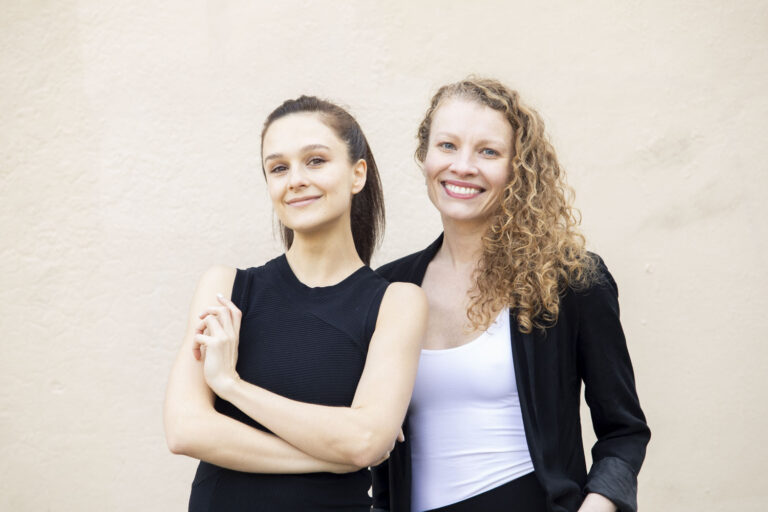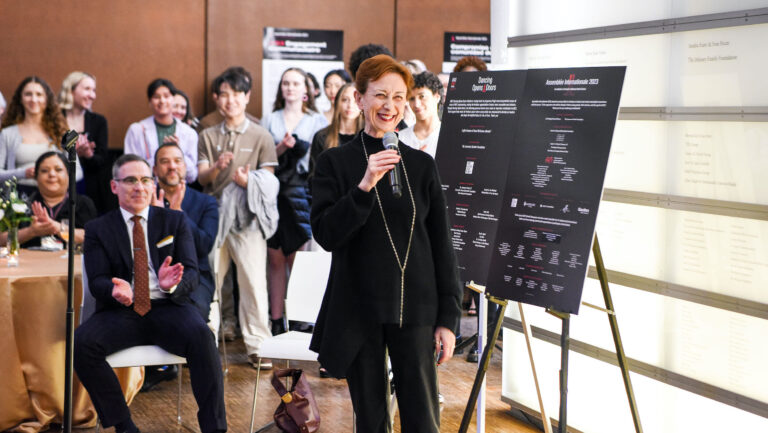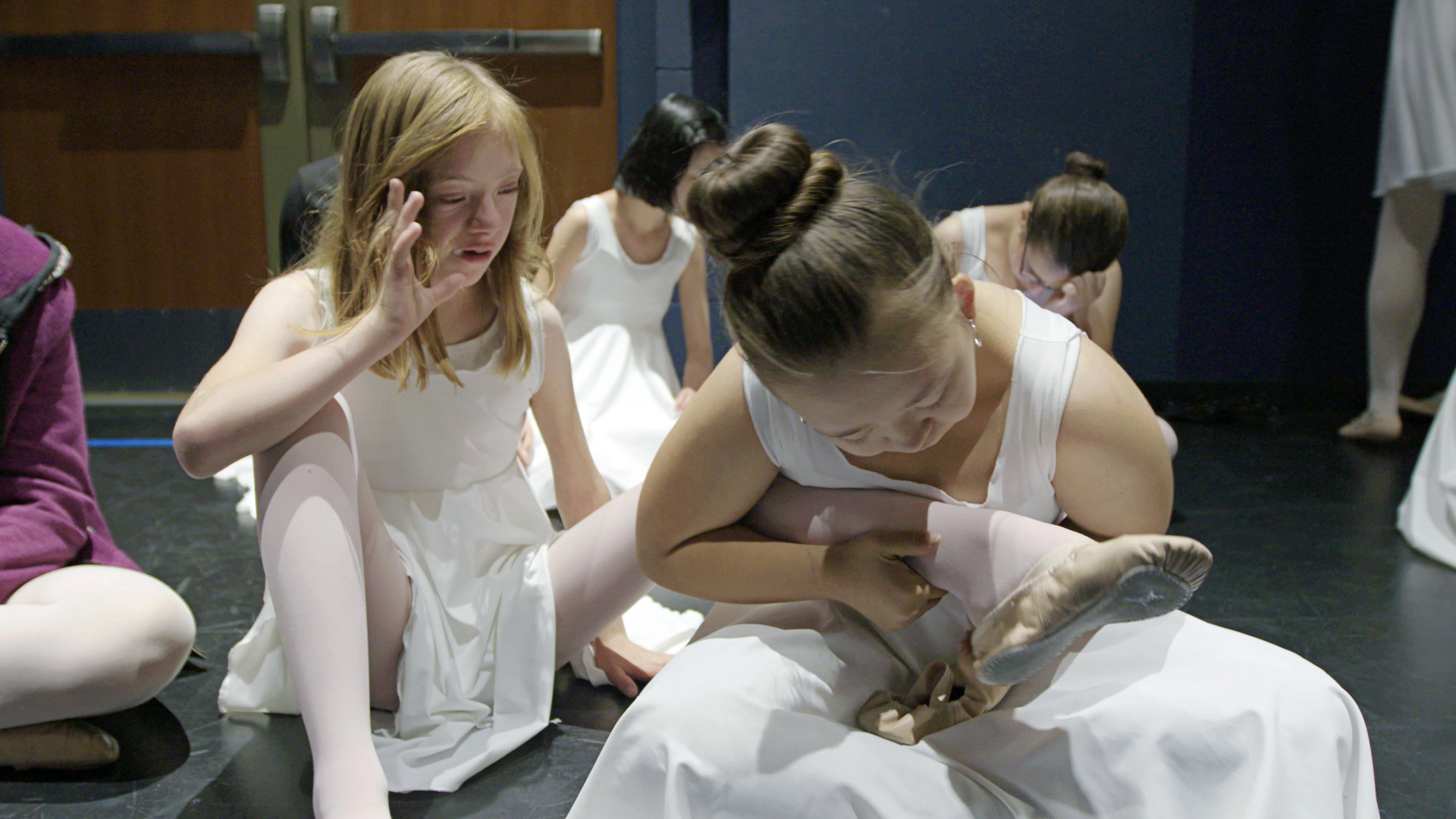
Liam Kay discovered ballet in kindergarten, when he heard the Nutcracker score in music class. Like many kids, he came home asking to be put in ballet, but his mom, Jamie, wasn’t sure where to take him. Liam has autism, and she knew many of their local studios wouldn’t fit her son’s needs.
Later that year, she discovered the Ballet for All Kids studio in Agoura Hills, California. BFAK uses a certified method created by its founder, Bonnie Schlachte, which accommodates all children’s needs, abilities and learning styles. It was exactly what Liam was looking for.
“In school and in public, I felt very out of place,” says Liam, who is now 15 years old. “For all of elementary school, I just wondered, ‘What’s wrong with me?’ But in ballet, I just fit in. It’s a place where I can belong.”
He’s been dancing with Schlachte at Ballet for All Kids for 10 years now. His story is one of several student stories featured in Daniel Watt’s Everybody Dance documentary, which just released on Friday, October 7.
Ballet for All Kids Begins
Schlachte founded BFAK in 2008, shortly after giving birth to her daughter. Though her child is neurotypical, Schlachte had found herself wondering: “What if she has cerebral palsy or autism or Down syndrome or a developmental disability? Where would I put her in ballet?” Dance had been a foundational part of life for Schlachte, and she couldn’t imagine not being able to share it with her child.
In college, Schlachte had studied psychology and worked with a group of developmentally disabled adults in a restaurant. She returned to both of these experiences to develop her teaching program, combining occupational, physical, behavioral and speech therapies with her Royal Academy of Dance ballet training. The result, the Schlachte Method, is a five-level curriculum that serves ages 2 to 15.
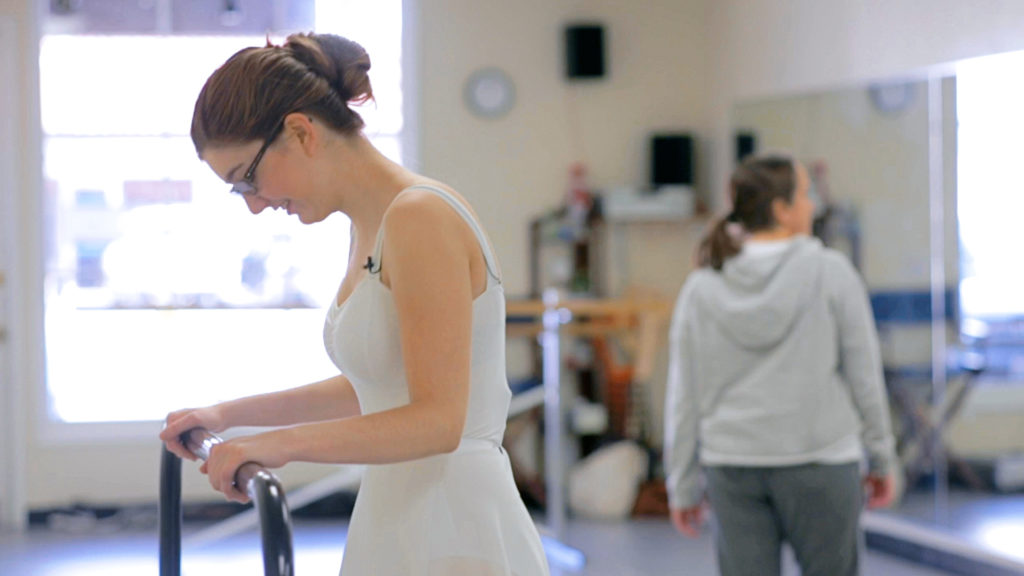
The Method is unique in that it works with neurodivergent and neurotypical students in the same classroom at the same time. “I realized that everybody has a different learning style, and that is true for everybody, whether you have a disability or not,” she says.
To do so, Schlachte targets each concept with each sensory input. To teach tendus, for example, Schlachte starts with verbal cues describing the leg and toes as a paintbrush moving along the floor. Then, she adds a real broomstick tied to her leg as a prop. She lets students touch the broomstick and feel its motion as they learn the step.
“Then for my imaginative learners,” Schlachte says, “I add a story to it. Not only is your foot a broomstick, but you’re Cinderella and you’re sweeping out the ashes from the fireplace.” Finally, the music she uses was specially composed by Schlachte’s sister to specifically match the audiovisual elements of her story.
“So all of a sudden, no matter what learning style you learn best [from], they’re all there for them,” she says. This accessibility is what speaks to students who have often spent much of their childhood feeling left out by their peers and school.
“Liam [gets to be] with all of these kids who are so different,” says Jamie, “but that’s where he feels he fits in best—I think that says a lot about the environment that’s been created.”
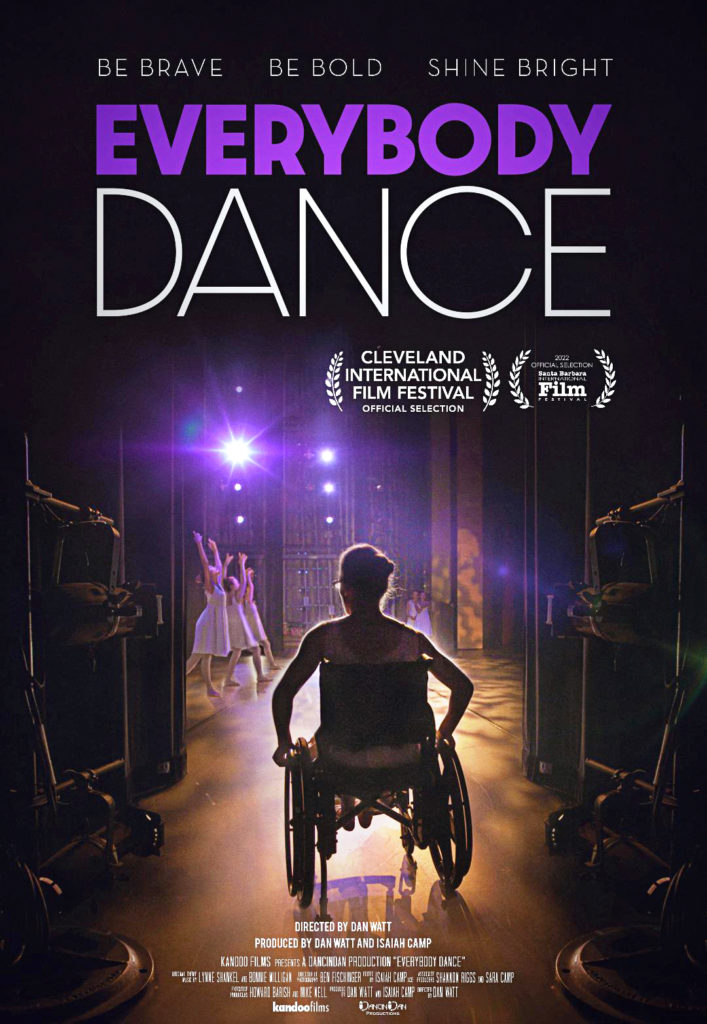
Lights, Camera, Action!

After a career in film development, Watt wanted to use the next step in his career to tell a story that was close to his own heart. As a lifelong dancer and teacher himself, he was determined to highlight the ways that dance—and dance teachers—can change lives. He met Bonnie in 2019 while researching programs that made dance education more accessible: “We just connected,” he says. “We’re on the same wavelength, we had the same passion and love for dance, ballet and kids.”
Shortly after connecting with Schlachte, Watt met with parents and students during Saturday class. He and his crew would spend the next 10 months following some students at the studio as they prepared for their end-of-year recital. They finished with 120 hours of footage that has now been edited into a 90-minute film.
“One thing I admire about Dan is that he doesn’t let go. He’s adamant and passionate about having this put out there,” says Schlachte.
“People need to know that this exists”
Liam enjoyed getting to know Watt in class. He didn’t feel too intimidated by the cameras, and soon became friends with the whole team. Later, he and his family welcomed Watt’s crew into their house for interviews. Liam says: “Those were the times when I was really open with my condition—how people see me, where I question ‘Is this something about them or is something physically wrong with me?’”
Liam’s self-image has changed a lot since the documentary’s filming as he’s grown and gained confidence. Both he and his mom are excited to see the finished product. “People need to know that this exists,” Jamie says. “More people need to create more types of experiences for kids. These kids, people, humans are capable of so much more than what the doctor says.”
Everybody Dance is available to view on Prime Video, Google Play, Itunes and Vimeo.


